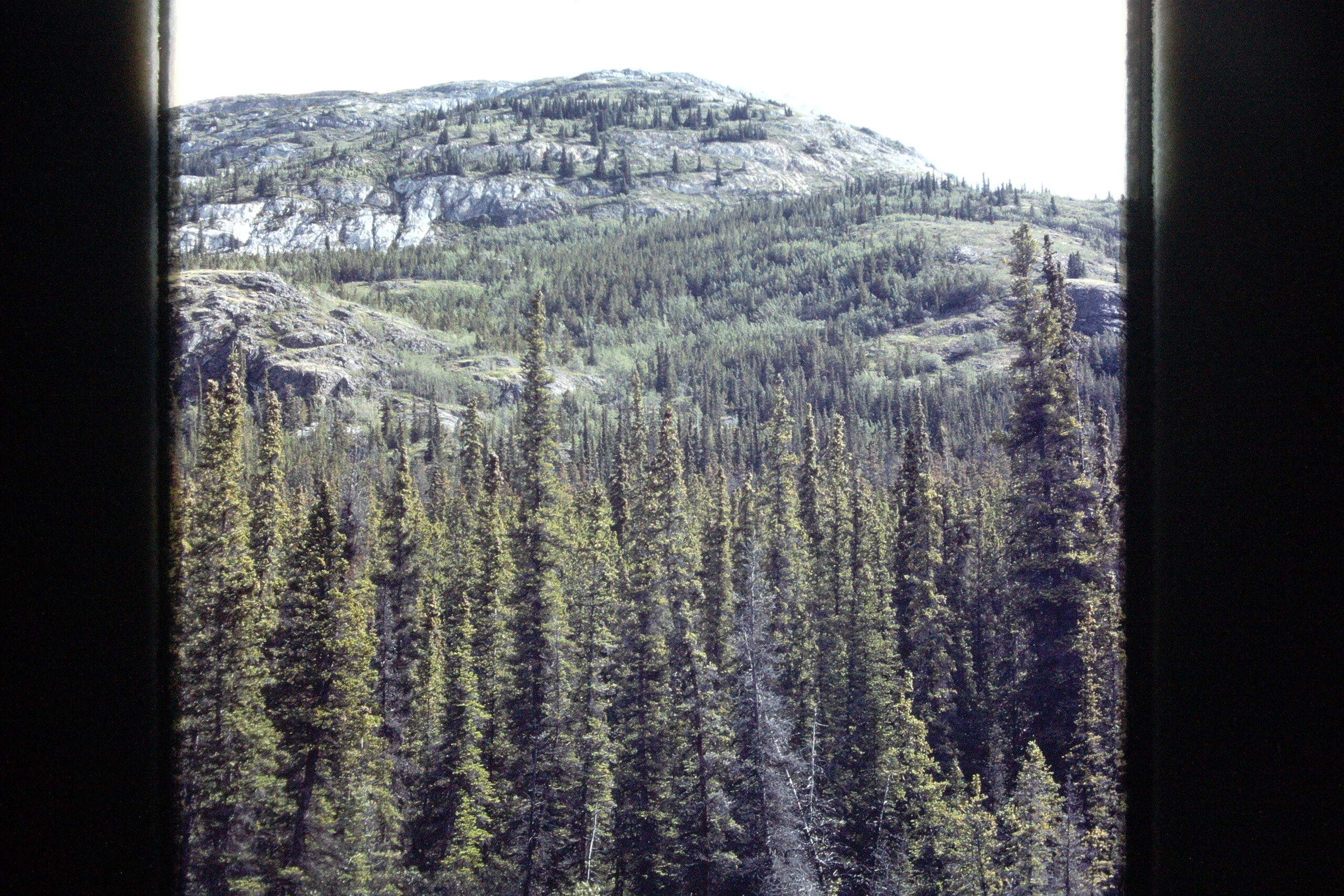A primary antagonist in Anori is a know-it-all biologist who looks down on our leading woman, Dee, and yet is obsessed with fucking her. He was named Wolfgang in an early draft (drawing from a deep-seeded Nazi-derived prejudice) and was skeletal in design. Dee despised him from the outset, as was supposed to the reader, but it didn’t work because he was obtuse and one-dimensional.
Dee’s anger with Wolfgang was repetitive; the scenes were flat and dull. This monster wasn’t believable enough for the reader to react to his stark end. I needed someone more insipidly heinous, someone who seemed harmless but was dark matter through and through, someone like Tony*. (*Not his real name. Real name rhymes with tennis and begins with a D.)
I worked with Tony some years ago. He seemed harmless at first, self-deprecating, almost funny with his faux English accent. He looked like Ichabod Crane – bony face, odd features, fleck gathered at the corners of his mouth; if you didn’t enjoy his company, you at least felt sorry for him.

It took time to realize that he was a predator, that he lured isolated girls with his sad pseudo-Mensa charm, and then fastened himself on and dragged them in. No joke, he was a pedophile, through and through, and belonged in jail. The thing was how he disguised it, convinced others of the impossibility of such a thing.
That’s what I needed in this antagonist. And so that is who he became…with a fate the reader had better find fitting.


























